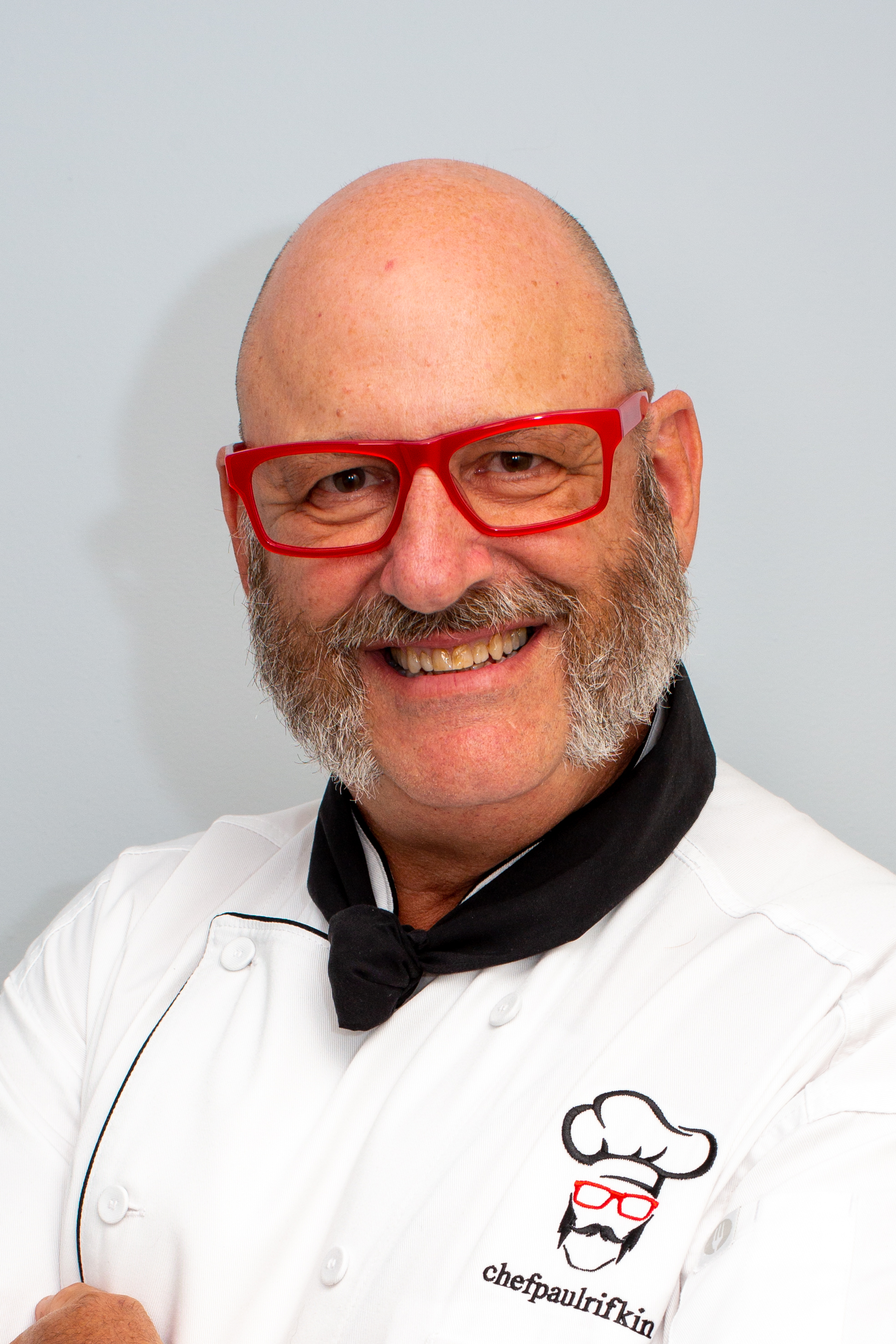It is common knowledge that if you fry something, it will sell; customers love their fried food.
Across all cultures it is used as a primary form of cooking. From street food to fine dining, hot oil can transform the simplest of ingredients into crispy and moist morsels.
How well you do it in your venue will be reflected in your repeat business. If executed well, the end result is exactly as we expect. Equally, when it is done poorly, it can leave a lingering bad taste in your mouth.
What does the bad look like, or should I say, smell like?
The moment you walk into a venue with poor frying practices, the smell of burning oil hits you. It is usually accompanied by the aroma of seafood — sometimes pungent seafood that has overstayed its welcome. Food cooked poorly in oil can turn out darker and oilier than they should, and when eaten, it can leave an unpleasant oily taste in your mouth and oil dripping down your chin.
The ugly side of fried food can appear after eating a saucy wok dish and it leaves a lingering oily back-of-the-mouth taste. This happens because old, burnt fryer oil is repurposed for wok frying, before it is layered with sauce and meat or seafood. Yuck!
Luckily, good fried food is the usual standard we mostly enjoy, but even that can vary. There are so many variables when it comes to frying with oil for a number of reasons:
- Oil that is too hot can shorten oil life, and often the food turns out darker, yet the food remains raw or cold on the inside. It can also result in constant smoking.
- Oil not hot enough can cause food to overcook as it boils the inside of a product. Sometimes this is the result of a slow recovery fryer.
- Floating particles can burn oil quicker and attach to other products, especially batters.
Here a few tips on how you can ensure your fryers are operating at their optimum level.
- Ensure your fryer has fast recovery for fast and continuous frying—don’t skimp with cheaper units.
- Set your oil cooking temperatures according to the foods being cooked. This should result in perfect doneness with appealing colour.
- Skim constantly through service with an oil skimmer. If you’re using a crumb catcher, take it out often and shake out the crumbs because if it’s left to sit in the oil, it will burn the oil faster as they are held in the “hot zone” and won’t fall to the bottom to the “cold zone”.
- Filter every day or every service, if possible. In-machine units are the best and can be filtered multiple times quickly during service. Ensure you’re filtering through a fine to medium filter, and not a mesh filter. Add a filter powder to polish the oil and extend its life.
- Only use oils with high smoke points and anti-foaming. This will extend oil life and avoid boiling over.
- Boil the fryers with a cleaner often to ensure there is no carbon buildup otherwise it can cause carbon odour and flavour in the oil.
- Always try and designate one fryer for gluten-free products, including for your fries and gluten-free coatings.
Review your frying practices. Remember that crispy fried products with a clean aroma and low oil retention is the gold standard. Well managed frying systems are always more cost effective and can often result in savings of more than 50 per cent on oil purchases.
Most of the meals you serve have a fried component with it, so ensure you provide your customers with the best experience possible.

Paul Rifkin: Head Chef Mentoring and
Fine-Tuning Specialist for Club Catering
chefpaulrifkin consulting

